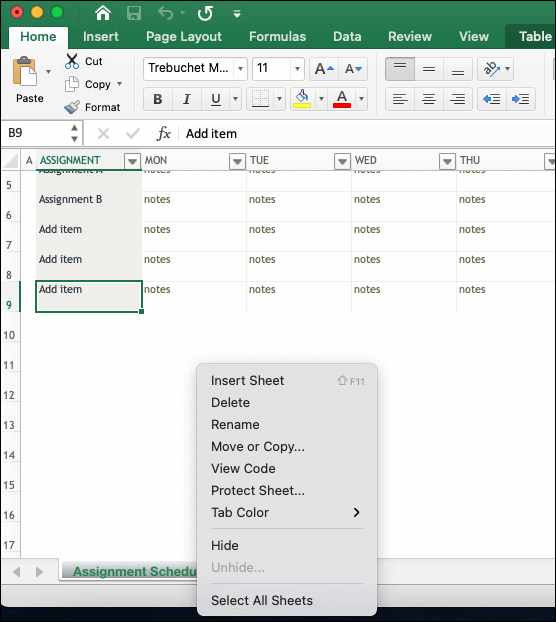5 Simple Tips to Copy Images from Excel Sheets Fast

Working with Excel can streamline many aspects of data management, yet copying images from an Excel sheet to another document or software can often become a tedious task. Whether you're a professional dealing with reports, an analyst sharing findings, or just managing personal finances, knowing how to quickly and effectively extract images can save you a lot of time. Here are five simple tips to help you copy images from Excel sheets fast, making your workflow more efficient.
Tip 1: Use Screen Capture Tools

Screen capture tools are not just for recording what’s on your screen; they are also handy for grabbing images from Excel:
- Snipping Tool: Available on Windows, the Snipping Tool allows you to capture a free-form, rectangular, or full-screen area. Capture the image in your Excel sheet and then paste it into any other application.
- Snip & Sketch: An upgraded version of Snipping Tool, allowing annotation before saving or sharing.
- Third-party Applications: Tools like Lightshot, Greenshot, or Snagit offer more advanced features including annotation, editing, and direct sharing options.
📷 Note: These tools can capture more than just images, so be mindful of sensitive data on your screen.
Tip 2: Direct Copying from Excel

Sometimes, you can copy images directly from Excel:
- Select the image: Click on the image to select it in Excel.
- Copy: Right-click and select ‘Copy’ or use Ctrl+C.
- Paste: Move to your desired document or application, right-click, and choose ‘Paste’ or use Ctrl+V. This method works best when the image is not embedded in cells.
Tip 3: Utilize Excel’s Object Feature

For images that are part of the Excel sheet (not floating or embedded), you can convert them into objects for easier copying:
- Select the image: Click on the image within Excel.
- Insert Object: Go to ‘Insert’ > ‘Object’ > ‘Create from File’.
- Link to File: Uncheck the ‘Link to file’ option to avoid linking the image back to the original file.
- Copy and Paste: Now you can copy the entire object or just the image and paste it elsewhere.
Tip 4: Use Excel VBA for Automation

If you frequently need to copy images, consider automating the process with VBA:
- Open the VBA Editor: Press Alt+F11 to open the VBA editor in Excel.
- Create a Macro: Write a simple macro to copy all images from the active sheet to the clipboard or to a specified location.
- Save and Run: Save your workbook as a macro-enabled file and run the macro when needed.
💡 Note: This method requires some basic knowledge of VBA scripting but can drastically reduce repetitive tasks.
Tip 5: Save as Web Page

Exporting Excel sheets as web pages (HTML) can separate images from the data, making it easier to find and copy them:
- Save As: Go to ‘File’ > ‘Save As’. Choose ‘Web Page (*.htm; *.html)’ as the format.
- Locate Images: Open the saved file location; you’ll find images as separate files.
- Copy Images: Copy these image files or their paths for use in other documents.
These tips should make the process of extracting images from Excel sheets much simpler. Whether you're dealing with a single image or multiple pictures, these methods can enhance your productivity, reducing the time spent on what can be an otherwise manual and time-consuming task.
Can I copy images from Excel to PowerPoint or Word?

+
Yes, you can directly copy images from Excel to Word or PowerPoint by selecting the image and using ‘Copy’ and ‘Paste’ functions. Ensure the image is not linked to avoid issues with file paths.
What if the images in Excel are linked to external files?

+
If images are linked, you’ll need to copy the linked image from its source folder or use the ‘Save as Web Page’ method to extract the images as separate files.
How can I improve the quality of copied images from Excel?

+
Ensure that your source images are of high resolution before inserting them into Excel. Additionally, use direct copying methods like Tip 2 rather than screen capture, which can reduce image quality.
What should I do if my macro for copying images isn’t working?

+
Check if the macro has the necessary permissions to access the clipboard or write to external files. Ensure your VBA code is correct and consider debugging or seeking online forums for assistance.